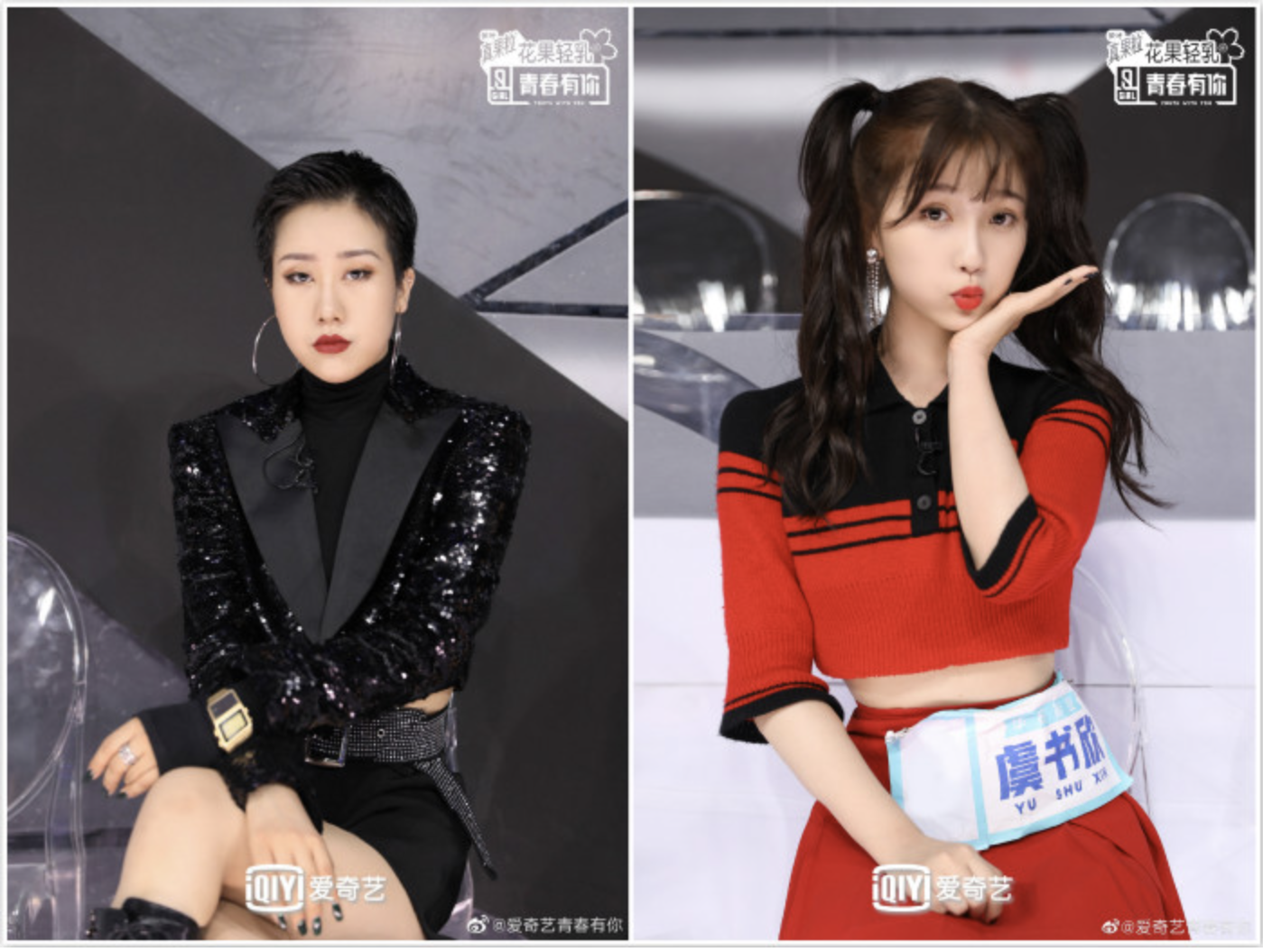Inside the Chinese “Idol Factory”: Rethinking Modern Female Narration on TV
2020 marked a special year for women in the Chinese entertainment industry. With trending female talent shows like Youth with You 2, Chuang 2020 (the Chinese version of Japan’s Produce101),Sisters Who Make Wave, the discussion about representation and inclusion of diverse female figures is finally coming to light.
This is all the more remarkable as it is happening against the background of a highly stereotyped “idol industry”, which sees scores of young people trying to become pop stars. Originating from South Korea and Japan, the so-called idol industry resembles an assembly line producing standardized figures and defining women in very narrow roles. Female idols, for instance, are often objectified, sporting unrealistic figures and exceedingly beautiful appearances.
The sector is picking up pace in China, with seas of young people going through rigorous training programs to become future pop stars. Many young people are surprisingly obsessed with the idea of becoming an idol, with training institutes setting up various courses for trainees. These latter undergo special classes in dancing, singing, acting, speaking, body posture, facial expressions, walking style, etc. And yet, this is only the beginning of their tough journey to becoming a pop star.
How Ideal Female Figures Have Changed over Time in Chinese Talent Shows
Chuang 2020 showed a stereotypical perception of female idols. In the first episode where the girls play ice-breaking games, a competition called “slim waist” had girls show who had the thinnest waist. And whenever a participant happened to be larger than the standard, other contestants would mock her. During the dancing competition, dance teacher Huang Zitao – a former member of the South Korean-Chinese boy band EXO – told a participant: “even though other contestants have better dancing skills, you have the perfect look for being an idol.” Huang’s comment aroused debate over whether female idols should have a certain figure.

While critics compared Huang to an “incompetent old emperor choosing his concubine”, the incident recalled the male gaze theory (1975) by Laura Mulvey: the male gaze is to describe the way in which, in movies, women have almost always been looked at, while men do the looking.
On the other hand, we have seen some real strides towards modern female depiction in Youth with You 2, where contestants who trained to be standard idols did not receive good feedback. In the preliminary ratings of the SNH48 group, for instance, the instructors commented that the participants’ style was always exactly the same and group members did not have personality.
Liu Yuxin, a short-haired tomboy girl with superb dancing and rapping skills came to the top in Youth with You 2, even though she does not look like a typical female contestant. While other 109 trainees wore uniform-type skirts for the theme song opening, Liu wore a pair of grey shorts and a tie. Breaking out of the standard mold, she merged her powerful popping dance talent with a sweet song. When the instructor asked her why she was wearing a different uniform, she said that “the discussion around girls like me being in the female idol group should not even be picked up in this century and I want to be myself, so I changed back to pants.”

Where this year’s Youth with You is also different from the rest is the diversity of its contestants. We have seen a lot more girls who do not have traditional idol faces. Take Shangguan Xiai, for example, who is not highly rated in China due to her non-conformist look, but has countless fans on Youtube, with users arguing she is “a badass woman.” Or Yu Shuxin, who is perceived to be too “dramatic” on Chinese social media, but is popular overseas. A Youtube viewer commented that “Yu is like a CEO who knows how to handle interpersonal relationships.”

We have seen the public coming to appreciate female idols’ characters more than their appearances. These diverse female idols’ success has excited Chinese viewers who do not fit into ideal gender prototypes.
SEE ALSO: While Chinese Idol Groups Flop, Idol Survival Shows Are Flourishing
Shattering the Shackles of Victoria’s Secret’s “Sexiness”
Victoria’s Secret’s bumpy ride in China bears witness to a shift in the paradigm of “sexiness,” with their 2017 annual runway show in Shanghai turning out to be chaotic, while in May, Victoria’s Secret parent company L Brands announced that it will permanently close 250 stores in North America by the end of this year. Not to mention the company’s size 0 stunners, which failed to represent present-day “sexiness” – despite the brand’s glorious history spanning over more than 40 years.
Victoria’s Secret recently appointed award-winning actress Zhou Dongyu as the new spokesperson in the country. But her slender figure is not what people would usually associate with “sexiness,” with some social media users coming up with discriminatory terms for her figure – like the one Hupu user who wrote: “Why did you choose a flat-chested woman.”

“In my definition, being sexy is a comfortable and non-conforming natural state,” Zhou said. “When I first entered the business, everyone felt that I was inconspicuous. I also felt very sad at that time, but then I proved myself through my own efforts, living hard every day, studying hard, loving myself. Slowly I really feel sexy from the inside out.”
When it comes to portraying modern female figures, China still has a long way to go. Will the public’s understanding of the ideal female figure remain the same over the years? Can these non-conforming girls bring on a revolution for modern women? We look forward to seeing more unique souls breaking out of the industrialized idol factory.
This article is adapted from the author’s original piece on Jiemian News in Chinese.



